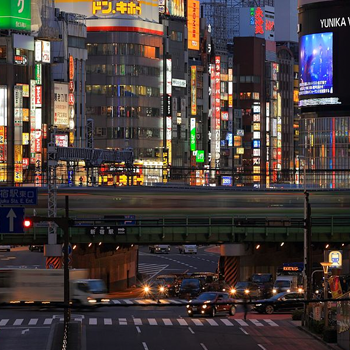Question #3dd79
1 Answer
The dihedrals are
Explanation:
Torsional strain or eclipsing strain is the increase in potential energy of a molecule due to repulsion between electrons in bonds that do not share an atom.Therefore any dihedral angle that is
Observe the structure of norbornane (bicyclo[2.2.1]heptane)

If you draw a newman projection of the molecule you would see that the dihedrals are
On the other hand observe the structure of Bicyclo[3.3.1]nonane, 1-bromo- and imagine there's a Hydrogen atom instead of the bromine ion
https://pubchem.ncbi.nlm.nih.gov/compound/637905#section=3D-Conformer
The dihedrals are not
As the hydrogens in the norbornane are less stable the bromine ion tends to react with it instead of the tertiary H atoms on C1 or 4.This is not case in bicyclo[3.3.1]nonane.
The reaction between bromine and norbornane causes
http://www.chemspider.com/ImagesHandler.ashx?id=5028053&w=250&h=250

